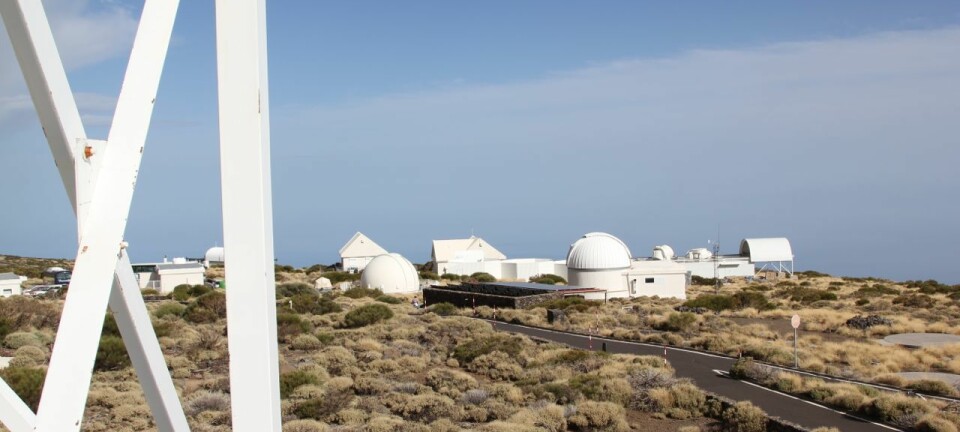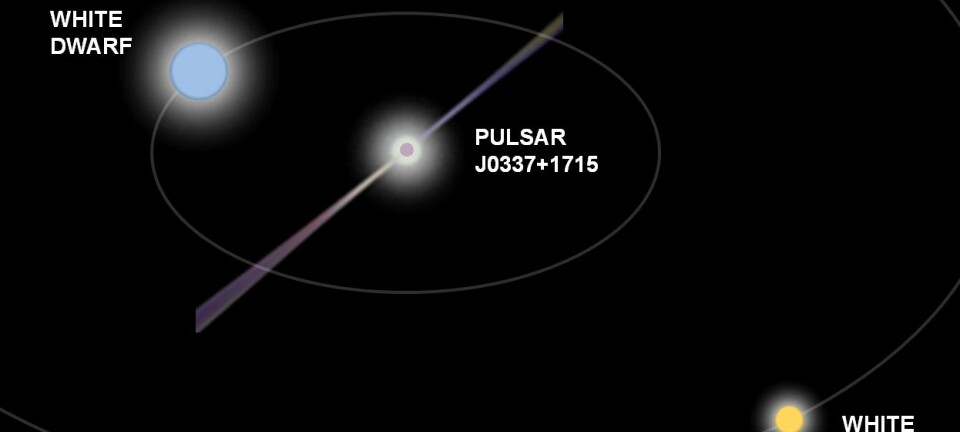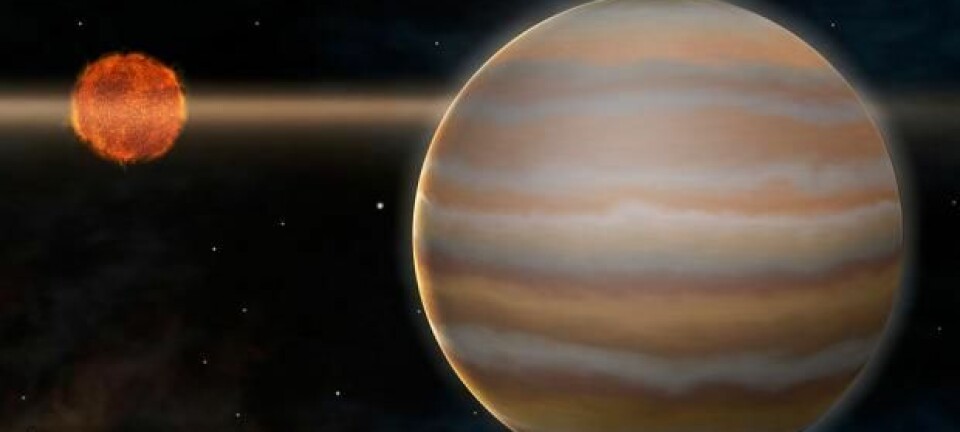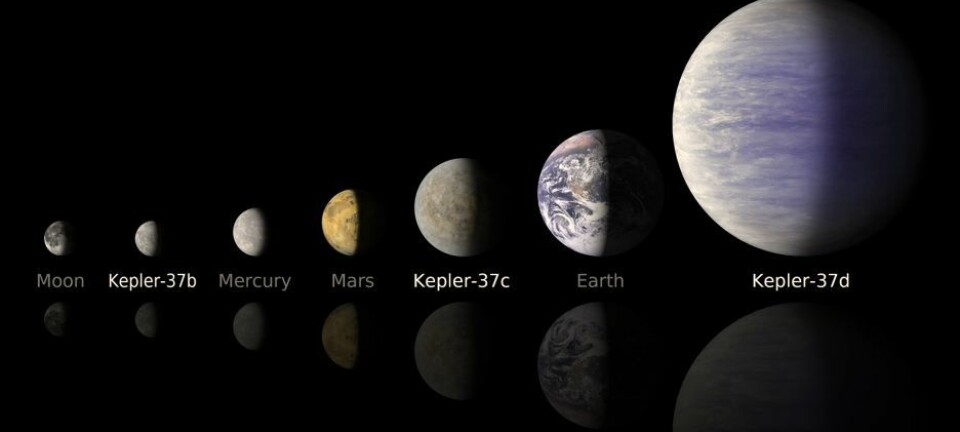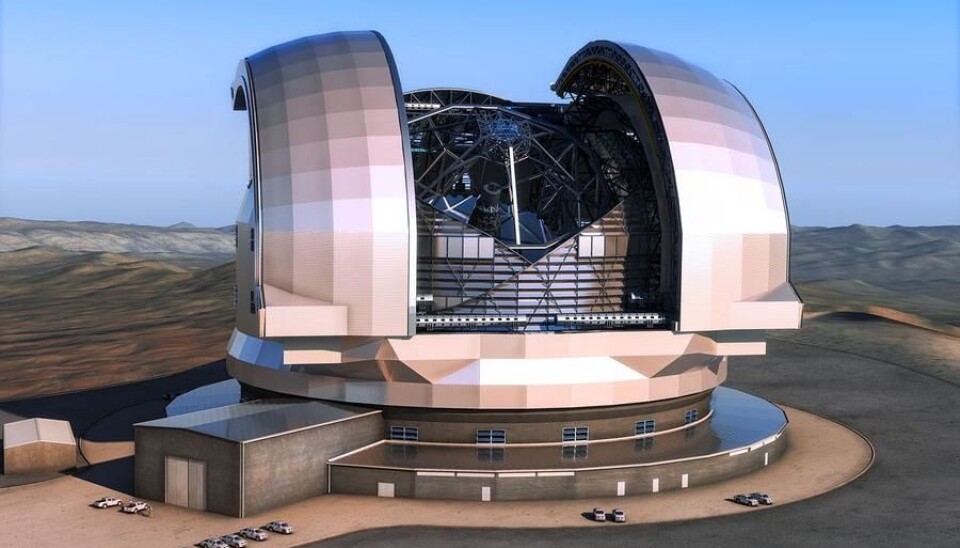
Denmark invests millions in world's biggest telescope
New telescope project will help physicists answer questions about expanding universe and life in space.
Is there life on other planets? How rapidly is the universe expanding? How distant stars structured?
These are just a few of the questions astronomers hope to find answers to by building the world's largest telescope, the European Extremely Large Telescope (E-ELT).
The European Southern Observatory, ESO, has just passed a resolution to commence construction of the giant telescope in 2015, to the great delight of Danish astronomers.
"It's fantastic news. It's been a long time coming, so we're really happy," says associate professor Uffe Gråe Jørgensen, the head of the research group Astrophysics and Planet Research at the Niels Bohr Institute at the University of Copenhagen.
Construction of the new telescope and instruments is expected to cost one billion euros.
E-ELT, a flagship for Europe
A number of European countries are contributing financially to the telescope, and Aarhus University, the University of Copenhagen, and DTU Space are to invest a total of DKK 37 million.
"This is fantastic news for Danish and European astronomy. E-ELT is a flagship in the exploration of space and the aspects of astrophysics that will be given a tremendous boost by E-ELT are central to Danish astrophysics," writes Professor Johan Fynbo, of the Dark Cosmology Centre at the Niels Bohr Institute in a press release from the the University of Copenhagen.
The telescope is expected to go live in about 10 years and will be built on a mountain with a view of the Atacama Desert in Chile - 20 kilometres from the other large ESO telescope, the VLT on Cerro Paranal.
But why do we need a new big telescope in Chile?
According to Jørgensen, one thing that distinguishes the new telescopes from other large telescopes is that it will facilitate direct observations of distant planets -- exoplanets -- orbiting other stars than our own: the Sun.
The discovery of exoplanets has escalated in recent years. With the help of telescopes in space and on Earth, scientists have discovered hundreds of new planets.
However, all these planets have been discovered indirectly.
To cut a long story short, scientists have only been able to discover the planets because they appear as shadows when they come between the observer and the light emitted by the star.
"More or less all the methods we have used to date to find planets have been indirect. But with the telescope it will be possible to see the planets directly. And we will be able to see planets that are smaller than the Earth," says Jørgensen.
Signs of life in space will be visible
Direct observation of planets will enable scientists to see which substances are hiding away behind the planets' atmospheres. This, among other things, may give us a hint as to whether or not there is life on a planet.
"We will be looking for oxygen and methane in the atmosphere. Oxygen is a sign of photosynthesis and methane may indicate the presence of methane-producing organisms up there," says Jørgensen. "So the detection of oxygen and methane in the atmosphere of a planet signals the existence of living organisms. On the other hand, however, only finding CO2 -- like on Mars and Venus -- will mean there is no biology affecting the atmosphere."
"To me, it’s a tremendous breakthrough that we for the first time ever can see whether there are living on the closest planets," he says.
Another big question the astronomers expect to find an answer to using the new telescope is how rapidly the universe is expanding.
Can measure expansion of the universe
We already know that the universe is expanding, but nobody really knows how rapidly it's happening, whether it will continue to do so forever or whether it will stop one day.
The new telescope will enable physicists to monitor far more precisely how the universe is developing, explains Jørgensen.
The scientists will be able to measure the expansion of the universe by studying how rapidly distant galaxies are moving away from our own galaxy.
"If we measure the distance from a remote galaxy now and then repeat that measurement, we'll be able to see how far the galaxy has moved away from us. This can't be done with current telescopes because their measurements are too inaccurate. This inaccuracy overshadows the change in distance," says Jørgensen.
--------------------
Read the original story in Danish on Videnskab.dk
Translated by: Hugh Matthews
